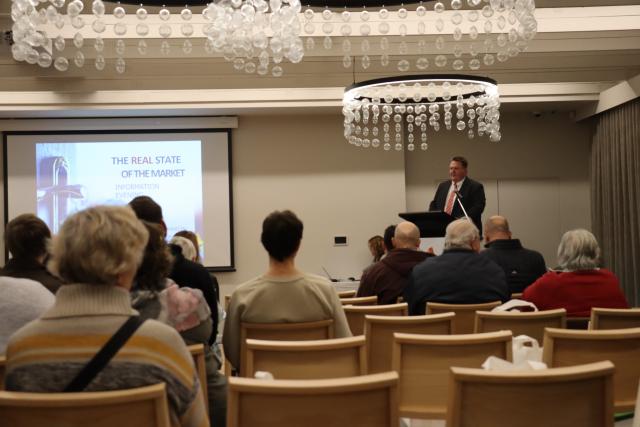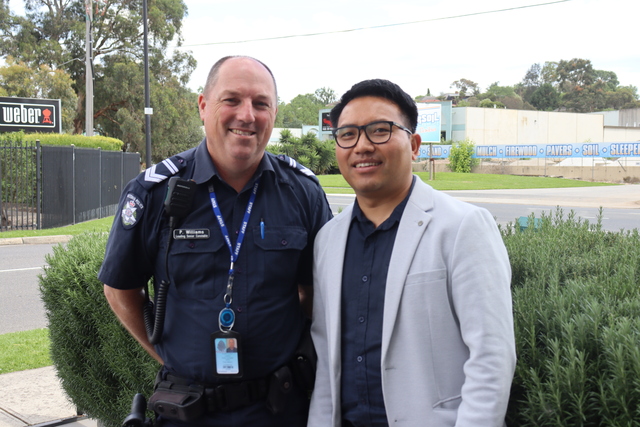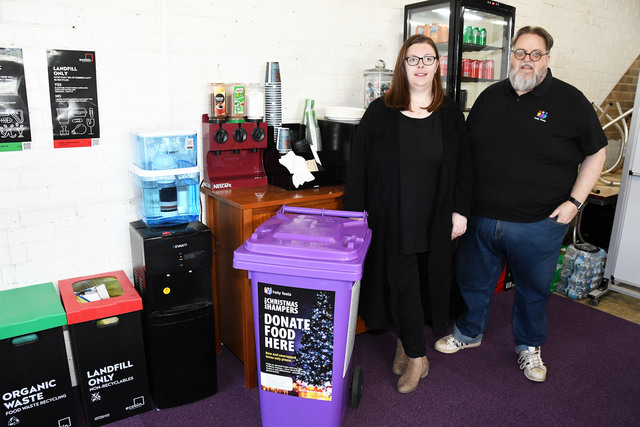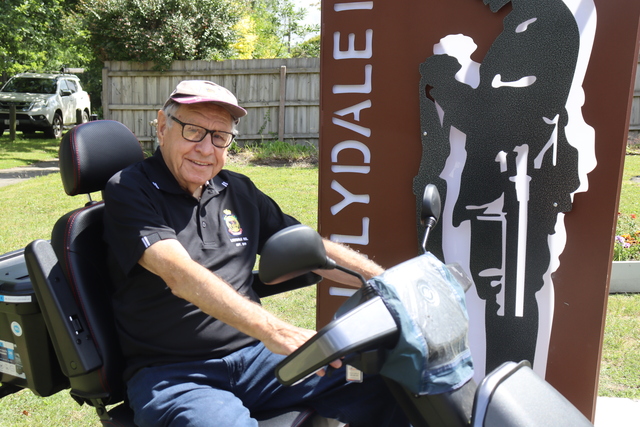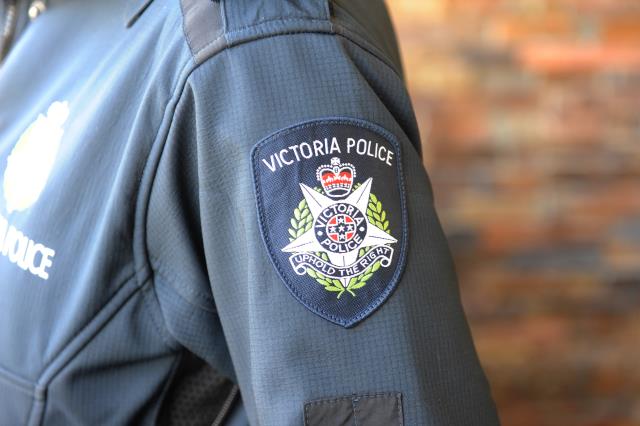The fluctuations in the real estate market over the last few years have amazed even those who have been in the industry for decades.
Giving an insight into just how much the market changed, with higher prices and higher demand, Methven Professionals Real Estate hosted a free community event on Wednesday 17 August to discuss interest rates, house prices and the state of rentals in the Yarra Ranges.
While it was broadly known the real estate market went through some major shifts throughout the pandemic, residential rentals department manager Tracey Russell said the data shows just how much.
“For residential rentals it’s certainly been a tough couple of years…but what it did show through Covid was the number of people needing to rent,” she said.
During the first lockdown period, Ms Russell said the Mooroolbark office alone let 18 properties in July and August, many which were sight unseen.
“With the reforms that came last year, along with what people were achieving in the selling market, a lot of owners decided to sell, so what that created was a shortage in rentals,” she said.
Ms Russell said this time last year, Professionals had a rental portfolio of 0.08 per cent. That has now dropped to 0.04 per cent.
Compounding the lack of rental properties is the cost of rent, which Ms Russell indicated is higher than the average recorded by the Real Estate Institute of Victoria (REIV) for the outer suburbs.
REIV notes the average rent in these outer regions as $430 per week, while Professionals’ average for Mooroolbark is sitting at $450, Lilydale at $460, Mount Evelyn $450 and Croydon at $465 for three bedroom, one bathroom homes.
“We would never have seen those prices a few years ago. So it just goes to show supply and demand. There’s lots of demand and low stock pushing the price up and it just makes it harder for renters.”
In the last six months, Professionals had close to 2500 prospective tenants inspect homes across the group’s coverage area and the company let 101 properties just in June and July.
Residential sales skyrocketed also throughout the pandemic but director Greg Earney said the market is starting to plateau again to pre-Covid levels.
“When Covid first hit, we all thought prices were absolutely going to plummet but in fact, and I remember the same with the GFC, when the GFC was first being spoken about, people thought ‘we’ll sell now, we’ll rent for six or months and then we’ll buy when values are dropping’,” he said.
“Then the reverse happened and probably what it teaches in real estate is don’t ever play the market because no one predicted that prices would do what they have done.”
House prices from December 2019 to December last year in Mooroolbark increased by $205,000, in Lilydale by $158,000, Mount Evelyn $186,000 and Croydon $215,000.
Not only did house prices increase, Mr Earney said the number selling for $1 million or more increased substantially.
In 2019 the number of properties that sold for $1 million was 21; the number that sold for $1.5 million was four and just one above $2 million.
Numbers remained fairly consistent throughout 2020 but 2021 saw a huge jump above the $1 million mark.
In 2021, 128 properties sold for $1 million, 31 sold above $1.5 million and nine sold for $2 million or more.
“All of a sudden it was like, in essence, last year that million dollar barrier got absolutely smashed,” Mr Earney said.
“It used to be that a million dollars was a bit of a ceiling. Now I would say it’s two million. That’s how quick it’s changed and that’s a substantial increase.”
Mr Earney said the market has begun to slow again, with people not rushing to buy nor sell.
“The pendulum has shifted over the last couple of years. It’s definitely been in the favor of the seller but I think it’s probably back to more of a level playing field at the moment. Buyers are happy to wait. There’s not as much urgency.”
Coming into spring, often a busy time for real estate agents, Mr Earney said it will be interesting to see how many people decide to sell during this period but with the impending further interest rate rise, he said that may prevent prospective buyers from putting in offers.
Finance broker Dallas Foster said the changes to interest rates currently being seen haven’t occurred for nearly 30 years.
“Predominately the cash rate generally sits between four and six per cent. Since 2010, there has been no interest rate rise up until three or four months ago,” he said.
“I’ve had the opportunity to sit in on some forums and some seminars with economists in recent times and the general feeling has been that the Reserve Bank left interest rates too low for too long.
“Now we are playing catch up which is why rates have risen so quickly and so high, which has only ever really been done at this rate once before.”
Mr Foster said 1994 was the only other time rates increased at such a pace, when the cash rate went from 4.75 per cent to 7.5 per cent in just four months.
Although no one can predict what the Reserve Bank will do, Mr Foster expects the cash rate will reach three per cent, if not just above that.
This is, Mr Foster explained, an attempt to curb inflation because of the money pumped into the economy during the pandemic but wages haven’t changed to combat rising cost of living.
Mr Foster said the figure for inflation has been 6.1 per cent while wages growth has only been 2.6 per cent. For June alone, the inflation rate was 6.8 per cent.
“We came out of the pandemic a lot stronger than we thought we were going to,” he said.
“So we’re seeing strong demand and supply systems just fueling inflation, which is making things difficult in the sense that higher inflation means your real income is falling.
“So even though your pay hasn’t changed at all, it hasn’t gone down but it hasn’t gone up either…inflation and the cost of living is taking more of your income.”

